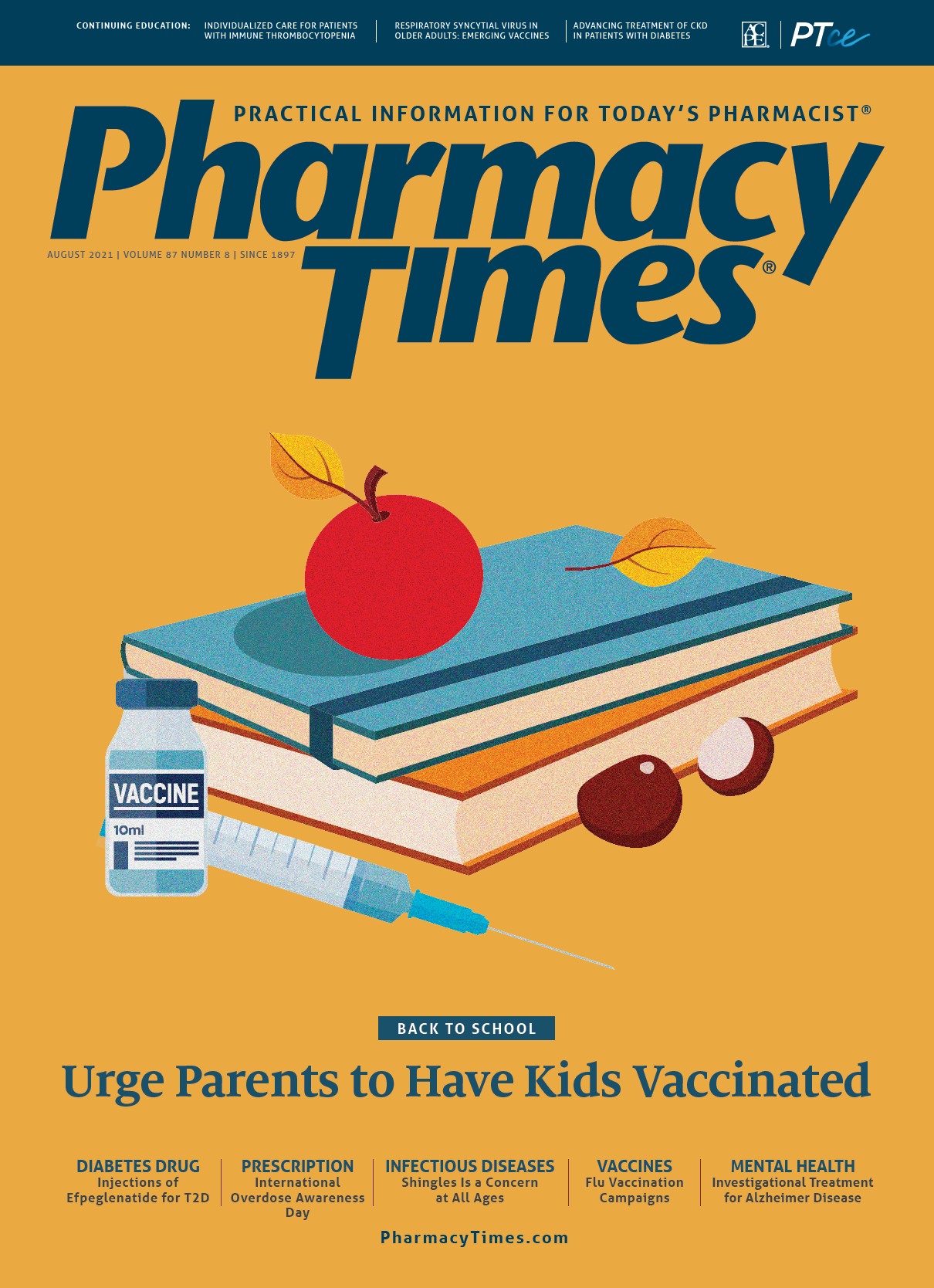Publication
Article
Pharmacy Times
Heart Drug Has an Intriguing Past
Author(s):
18th century author William Withering popularized the medical use of digitalis, the source for cardiac medication Digoxin.
Digoxin (lanoxin) has a fascinating history.
Digitalis is a genus of 20 species of flowers that grow wild in large parts of the Eastern Hemisphere and are widely planted by gardeners in the United States.1 Several species have been used medically for centuries, and are still the source for digoxin, which is used to treat cardiac arrhythmia. William Withering, author of An Account of the Foxglove and Some of Its Medical Uses With Practical Remarks on Dropsy and Other Diseases, which was published in 1785, popularized the medical use of digitalis.1
Digitalis means finger-like and refers to the flowers on the foxglove (Digitalis purpurea). The plant has serrated edges, tall spikes, wide leaves, and long, bell-shaped purple flowers.1
Withering had the idea of gathering the leaves when the blossoms came out. The leaves were dried, either in the sun or on a pan over a fire, becoming a green powder, which was used directly or made into an infusion.1
Now the leaves are extracted to yield digoxin, which is a cardiac glycoside. Digoxin inhibits the sodium ion/potassium (Na+/K+) ATPase pump in cardiac muscle cells and leads to excess intracellular Na+, indirectly leading to an increase in calcium ions in the sarcoplasmic reticulum. These increased calcium levels lead to a more forceful contraction of cardiac muscle and allow the heart to work more efficiently.1
Withering used digitalis for many ailments, including edema, epilepsy, hydrothorax (fluid in the pleural cavities), ovarian cysts, and tuberculosis. He occasionally used digitalis as a treatment of last resort: “...whilst I was less expert in the management of the Digitalis, I seldom prescribed it, but when the failure of every other method compelled me to do it...if the properties of that plant had not been discovered, by far the greatest part of these patients would have died.”1
Digitalis can be extremely toxic. In large and repeated doses it may cause cold sweats, disturbed vision, slow pulse, unconsciousness, and even death.1 Digoxin toxicity can occur during long-term therapy as well, not only after an overdose. In fact, chronic toxicity is more common than acute intoxication. Toxicity can occur even when the serum digoxin concentration is within the normal therapeutic range. Digoxin toxicity may cause anorexia, nausea, neurological symptoms, and vomiting, and can trigger fatal arrhythmias.2
Visual disturbances include a tipping of the color scale toward yellow (xanthopsia), and halos around bright light. These effects can be seen in some of Vincent van Gogh’s later work, his “yellow period.” Halos around the stars and moon can be seen in his painting “Starry Night” and other works. Theories suggest these effects are because of his use of foxglove for treatment of epilepsy. However, similar effects may be caused by alkaloids in Artemisia absinthium, which is used to brew absinthe, one of van Gogh’s preferred drinks.1
On the darker side, Charles Edmund Cullen, a nurse and the most prolific serial killer in New Jersey’s history, used digoxin as his poison of choice. He was arrested in 2003 after a 16-year murder spree. Cullen reported killing at least 40 patients, but evidence suggests that he may be responsible for hundreds of deaths.1
Karen Berger, PharmD, is a pharmacist at an independent pharmacy in northern New Jersey.
REFERENCES
1. Edwards SA. Digitalis: the flower, the drug, the poison. American Association for the Advancement of Science. December 10, 2012. Accessed May 21, 2021. https://www.aaas.org/digitalis-flower-drug-poison
2. Pincus M. Management of digoxin toxicity. Aust Prescr. 2016;39(1):18-20. doi:10.18773/austprescr.2016.006






